What To Know Before Visiting Slovenia
Slovenia is one of the best countries I’ve ever visited. From deeply forested valleys to medieval towns and rolling vineyards, this chicken-shaped country is the epitome of a post-card perfect European destination. If you haven’t been, you really should get a ticket right now. Don’t be an idiot though, read our helpful guide on the things you absolutely need to know before visiting before touching down.
WHAT TO KNOW BEFORE VISITING SLOVENIA
THE BASICS
Slovenia is a republic.
It is a central European country bordered by Italy, Croatia, Austria and Hungary.
Just over 2 million people call Slovenia home.
Slovenia when looked at from a map is vaguely ‘chicken-shaped.’
The official language is Slovene, a Slavic language. However, English is very widely spoken, especially by younger people.
The vast majority of people living in Slovenia are ‘Slovenes’ a Slavic ethnic group. The rest of the population is made up of Croats, Serbs, Italians, Bosniaks and Hungarians.
Slovenia is one of the newest members of the European Union and uses the Euro as the official currency.
Slovenia is part of the ‘Schengen Zone.’ This means that you won’t pass through border checkpoints coming in from either Austria or Italy. The Visa you will get for Slovenia is common for the entirety of the Schengen area (there are 26 countries in this area).
THE HISTORY
Due to its location, Slovenia is at the crossroads for Europe. Smack bang in the middle of western and eastern Europe, the Slovenian region has long been a flashpoint for trade, clashing cultures, empires and ways of life.
Slovenia has been inhabited since neolithic times. However, over the millenia it has been home to Illyrians, Celts, Romans, Venetians and The Austro-Hungarian Empire, and finally as a member of Yugoslavia. The Slavic peoples came to inhabit Slovenia during the early middle ages (560 AD or so).
Slovenia became formally tied to the other Slavic nations (Croatia, Bosnia, Herzegovnia, Macedonia, Serbia) at the end of WWI after the Austro-Hungarian empire was defeated. After this Slovenia was entered into a United Kingdom of Croats, Serbs and Slovenes, which re-branded as Yugoslavia in 1929. Over the ensuing years, Slovenia remained the most developed and industrialised nation in Yugoslavia, being considerably more westernised than countries such as Macedonia, whom were also in the union.
Slovenia and greater Yugoslavia were invaded during WWII by axis forces and taken over within a few weeks of fighting. Slovenian’s suffered horrible casualties, ethnic cleansing and forced adoption of their children under German and Italian occupation during the war. Around 8% of the population died during WWII.
After liberation, Slovenia once again joined Yugoslavia and became a socialist state. However, they were not formally allied to USSR, and personal liberties were much greater in Slovenia than in eastern bloc countries. In the late 1980’s a growing tide of nationalism swept through Slovenia and Croatia, and both countries began to vie for independence from Yugoslavia. This eventually triggered the 10 day war, and Slovenia was able to become independent of Yugoslavia and re-brand as the Republic of Slovenia in 1990.
Since then, Slovenia has gone from strength to strength and joined the European Union in 2004.
THE COST
Travel in Slovenia is considerably cheaper than in many of the neighbouring countries. Whilst hardly as cheap as some of the eastern European gems, Slovenia is undoubtedly one of the cheapest European nations to visit.
For a decent meal you’ll pay around 20-30 euro for people to eat very, very well.
A glass of wine at a restaurant will set you back around 3 euro while a beer is usually 2-3 euro.
Fuel (at the time of writing in 2020) is considerably cheaper than western Europe, at 1.20 Euro for a litre of Diesel.
Entrance to most monuments is comparable to western Europe; ranging from 5 euro to visit some churches to 15 euro to enter castles.
A dorm bed in a hostel will set you back between 10-20 euro a night, while an airbnb in Ljubljana will generally go for 30 euro per night for a studio apartment.
THE TOURIST ROUTE
I already wrote an entire post on the topic of where to go in Slovenia over here, however, the main tourist hotspots of Slovenia are very vaguely spread out on a kind of cross-like shape over the country.
You should definitely spend a solid 2 weeks in Slovenia. Though most tourists merely pop in and see Ljubljana and Lake Bled, this is skipping the best parts of the country, in my opinion.
In the south you have Istria, where you’ll be surrounded by wineries, a tiny bit of coastline (The Slovenian Riviera) and the gentle seaside climes of Izola and Koper.
Heading north, you’ll come to Ljubljana, the nations capital, home to amazing wine bars, a few amazing sights and a very laid-back local populace. Heading north from there you’ll come to the famous Lake Bled and Triglav (highest mountain in Slovenia).
Heading east from there, you’ll eventually come to Maribor, and the far eastern region of the country. Maribor is home to ski-fields, wineries and a very stunning countryside. Definitely worth seeing.
THE GETTING AROUND
If you’re planning on driving in Slovenia there is one thing you absolutely must be aware of. The Vignette. The Vignette is a small sticker that is basically a ‘road tax’ for anyone driving in Slovenia. To use highways and main roads, you need to buy one of these stickers from a petrol station, display it on your front window and keep it there. It will definitely be checked, and if you are caught driving on highways without one you’ll cop a pretty hefty fine. The price for a vignette will depend on how long you’ll need to use it for.
For those going by bus or train, Slovenia is super well-connected. As the country is only tiny, you can get between cities and towns extremely quickly, and the main centres of Ljubljana and Maribor are really well connected with the rest of Europe via rail. You can catch a train from Ljubljana to Venice, Vienna, Zagreb or Budapest with ease.
The main airport for Slovenia is in Ljubljana (code: LJU). While Maribor also has an airport, most international flights coming into the country will land at Ljubljana. Flights in and out of Maribor generally tend to be a lot more expensive.
THE food and wine
Slovene food is something to marvel at. It’s not quite Italian, definitely not Croatian and absolutely not Austrian. It comprises Italian cooking techniques, but using indigenous ingredients, and combining styles of food more associated with eastern Europe such as dumplings, goulash and polenta.
Pasta is an absolute staple in Slovenian food. However, you won’t come across a huge range of the Italian range of pasta here; instead, you’ll be treated to more Istrian style pasta.
Meat is a big, big part of Slovenian food. While I’m sure a vegetarian could have an OK time here, prosciutto (called prsut in Slovenia) is a staple in most homes, and anyone entertaining you is likely to put out a plate of cold cuts and cheese. Vegetarians beware.
The traditional styles of cooking involve amazing stews, slow cooked sauces, heart dishes and basic ‘comfort foods.’ The food that will be served to you is unlikely to be light, likely to be rich and almost certainly going to be tasty. Slovene’s pride themselves on their country’s cuisine; and they have a right to - the general quality of the food serve at even the most basic restaurant was superb in my experience.
Slovenian wine is also a storied part of the national identity. I wrote an entire post on the topic over here, but let it be known that the red and white wine on offer here is likely to be bodied, will likely have a high alcohol content, and will generally be fairly tannic. However, the overall quality of Slovenian wine is great - you shouldn’t pay more than 25 euro for a decent bottle at a restaurant.
I would be remiss not to mention that Orange, or skin-contact wine is a big part of Slovenian wine-making history. While this style of wine is currently very on trend, I would suggest that you don’t mention this to any wine-makers - orange wine has been made in Slovenia for thousands of years. Definitely try some while you’re here - I’m a massive fan - it’s really bodied and tastes ‘fuller’ than regular white wine. For more information on the topic, read my post on the topic over here!
Any questions? Hit us up in the comments! Like what you’ve read? Hit subscribe down below!


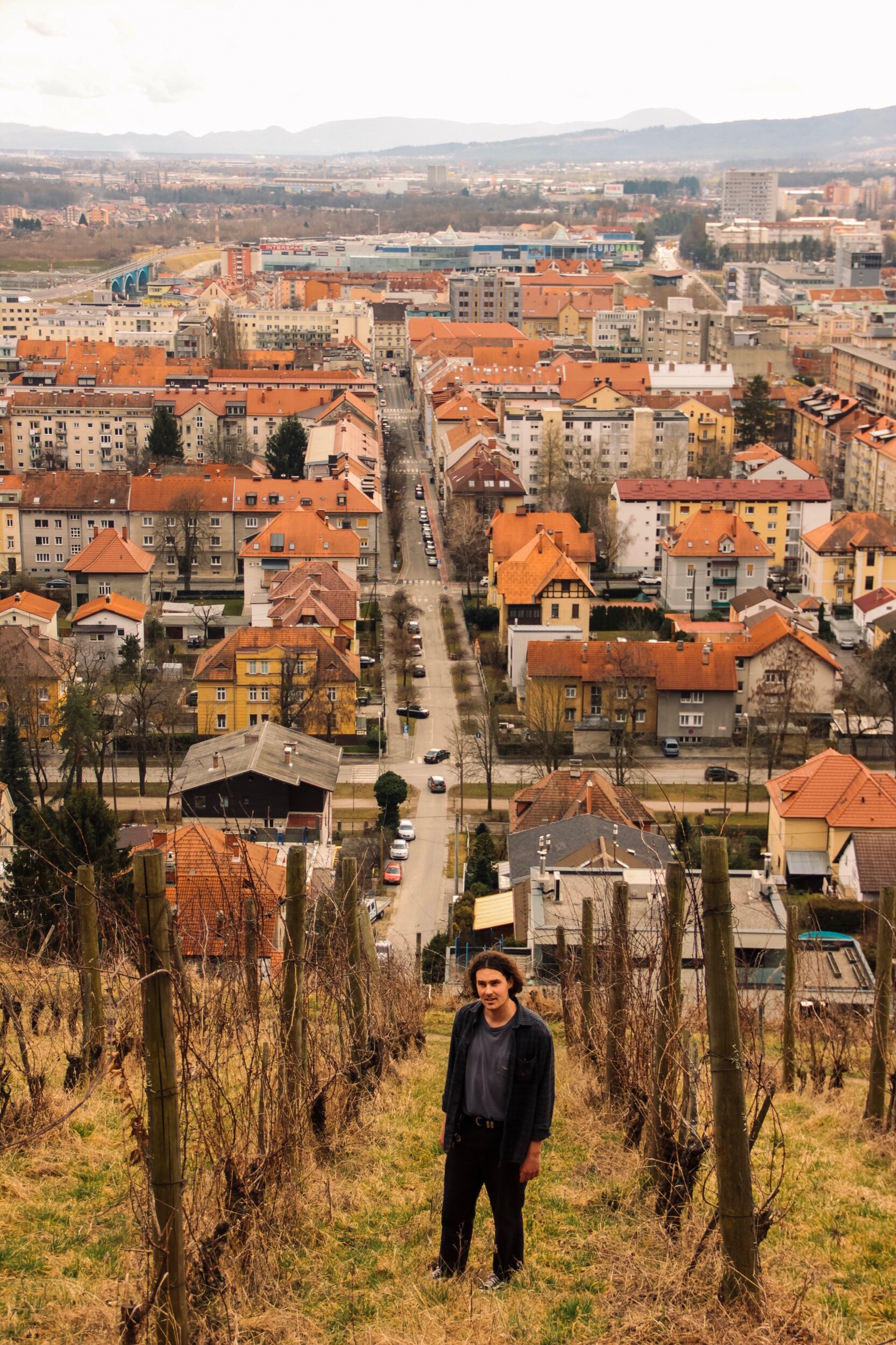


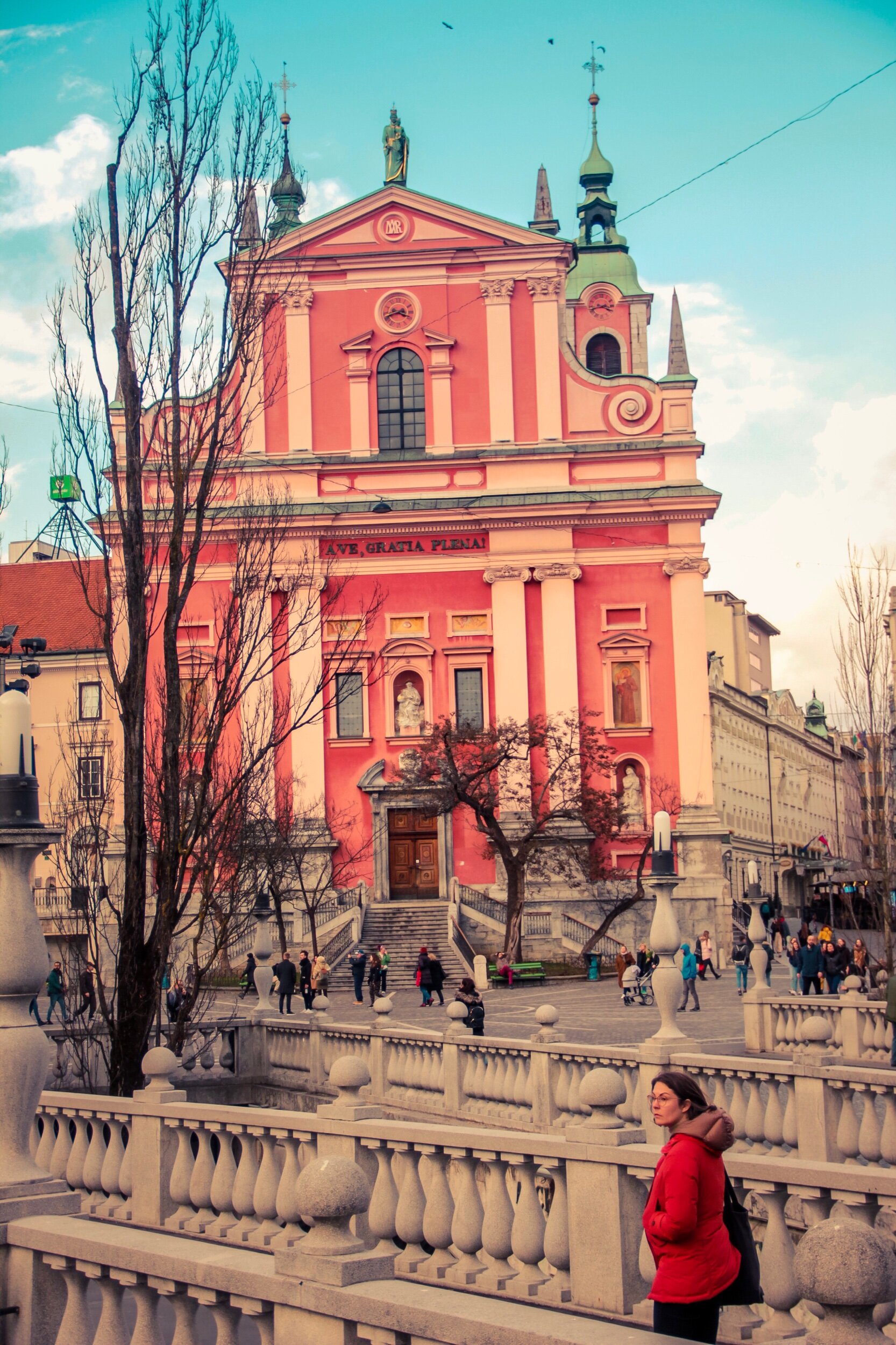
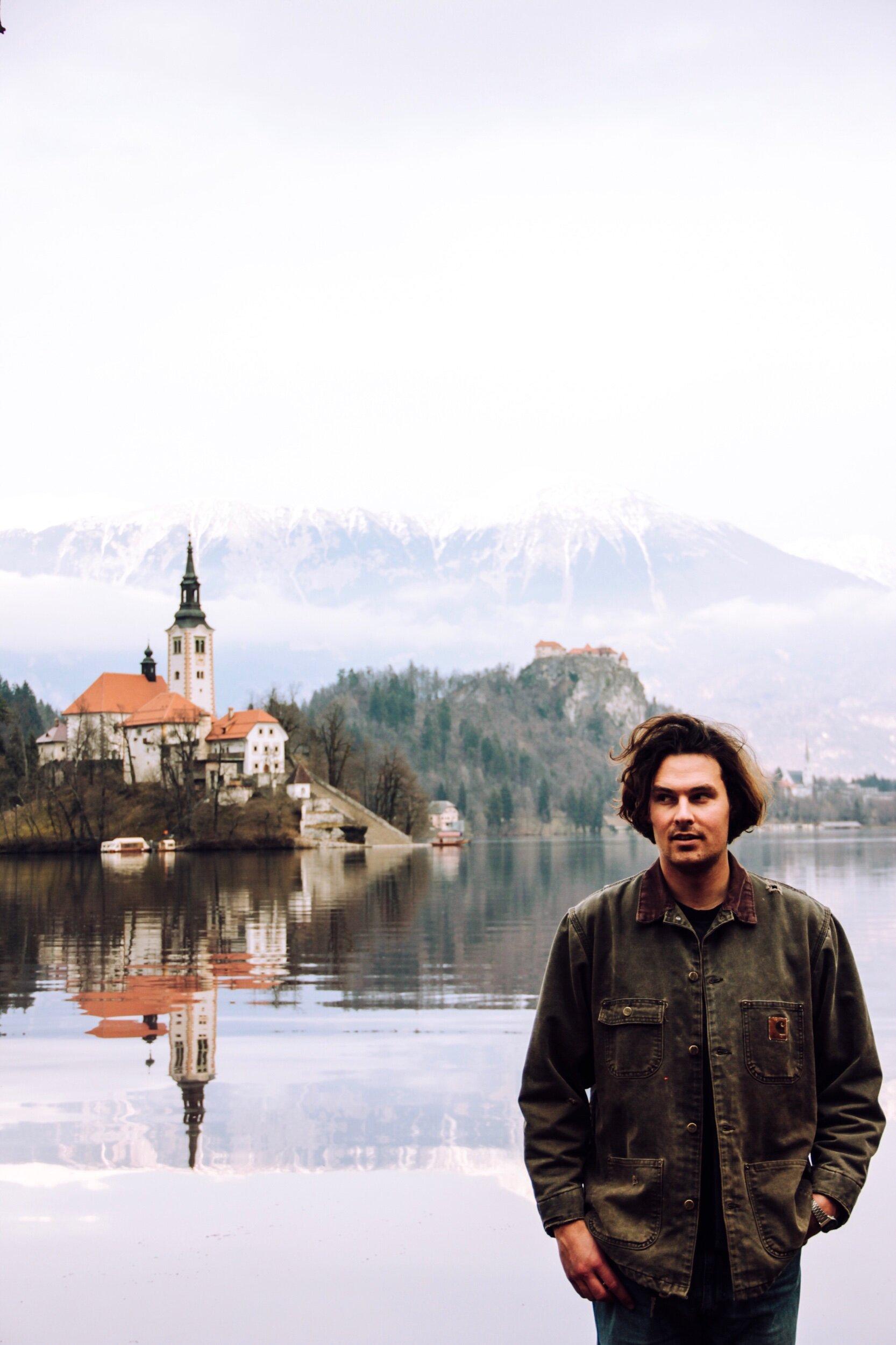
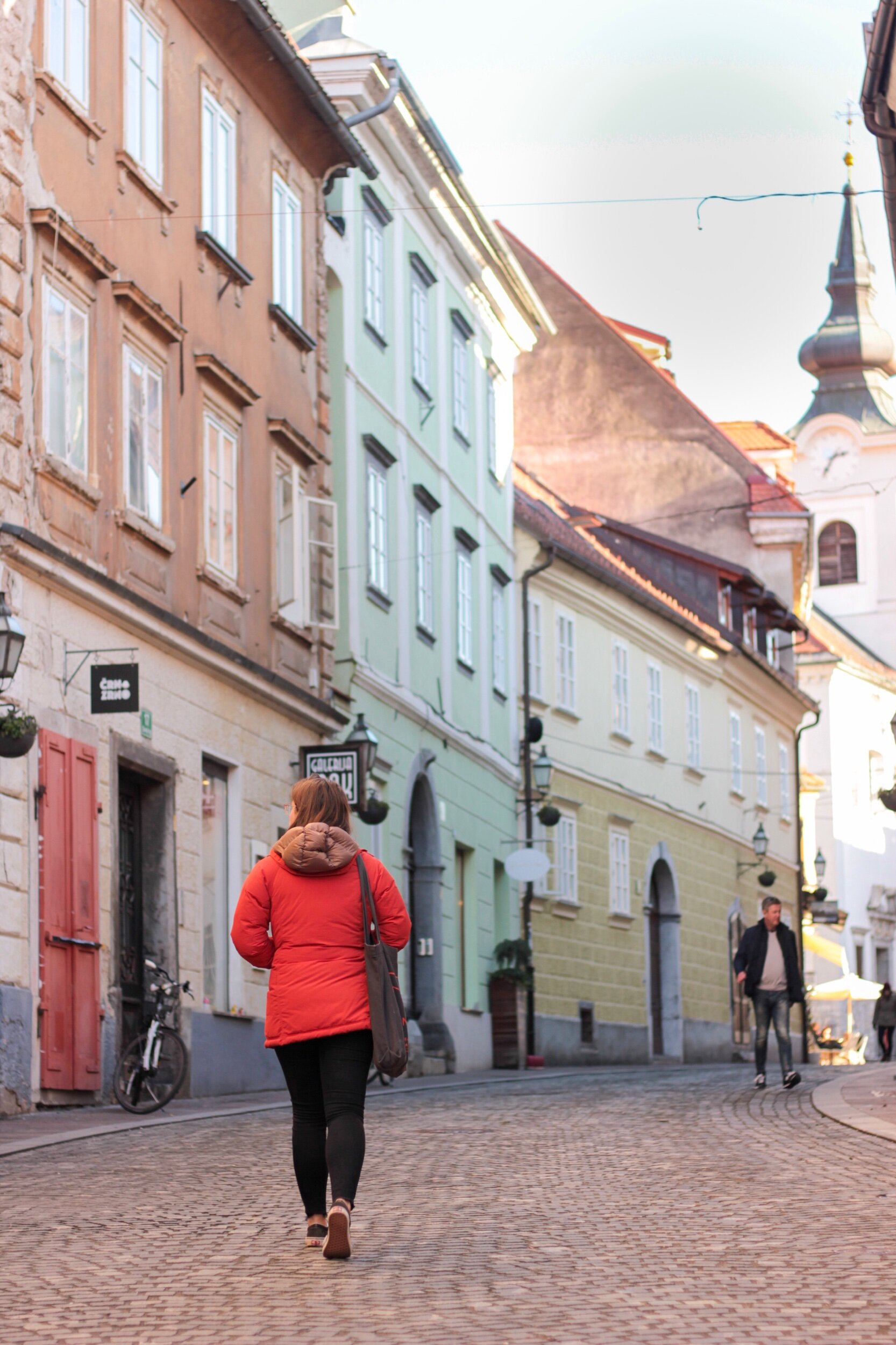
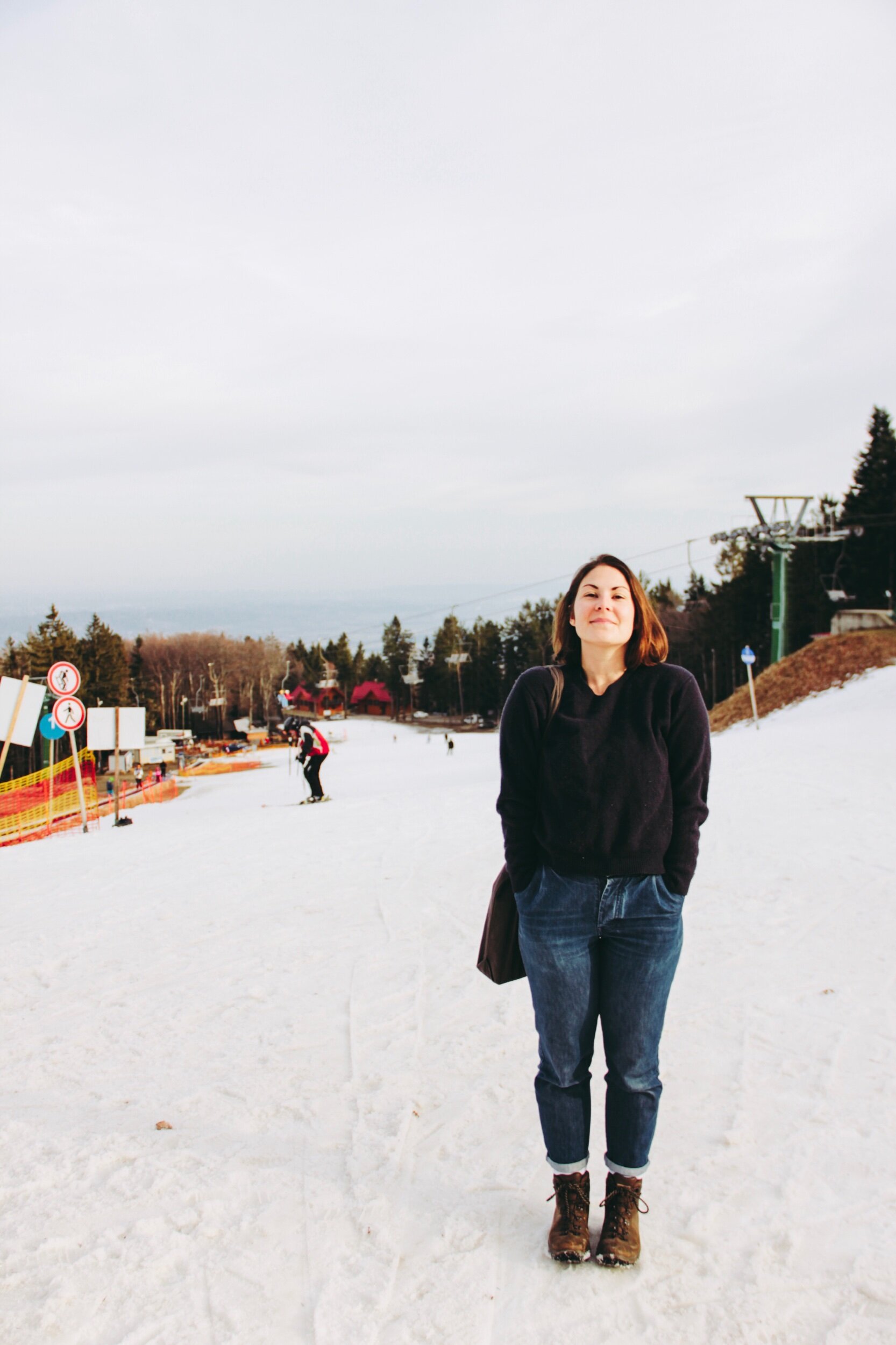
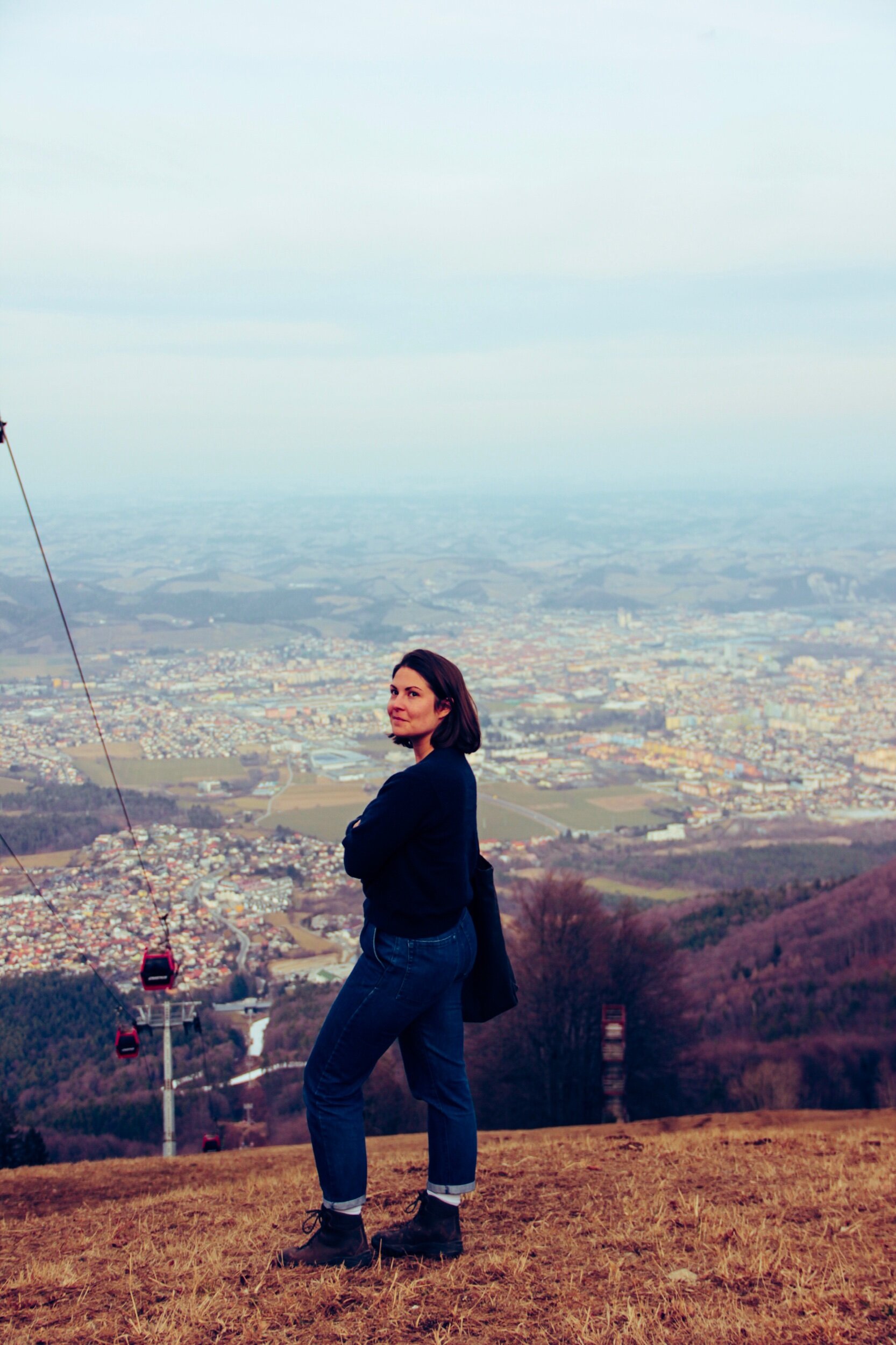
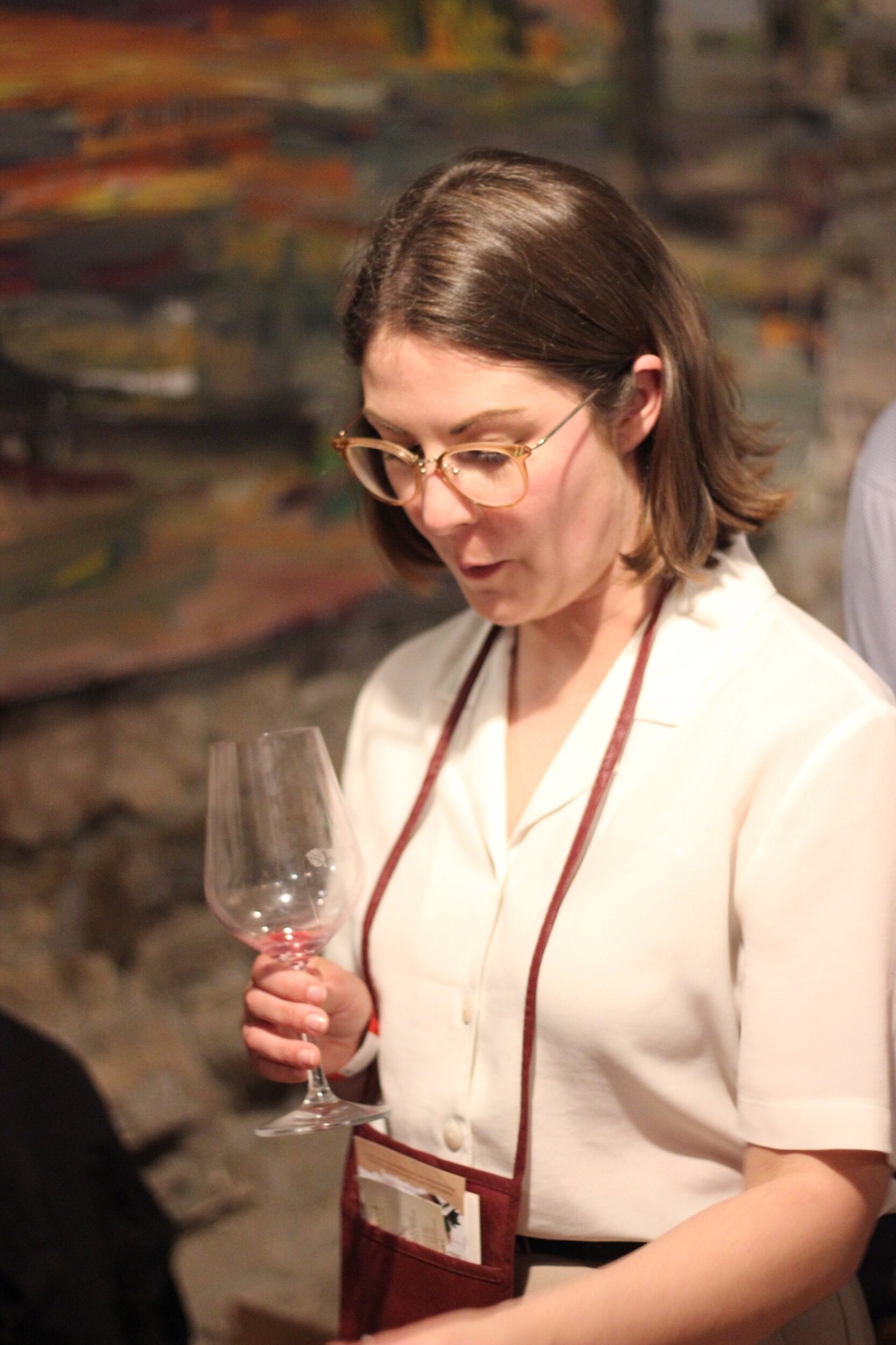
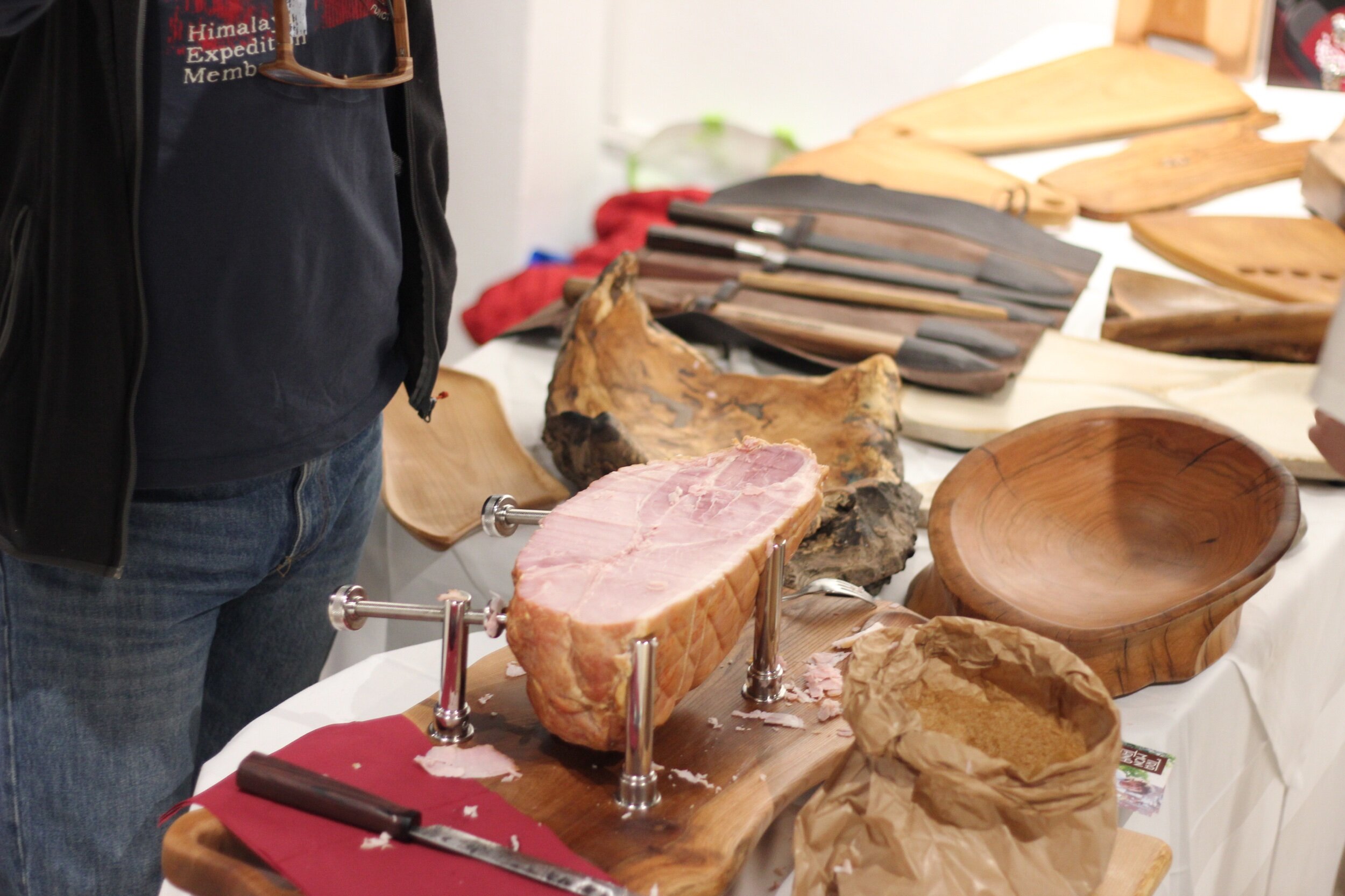






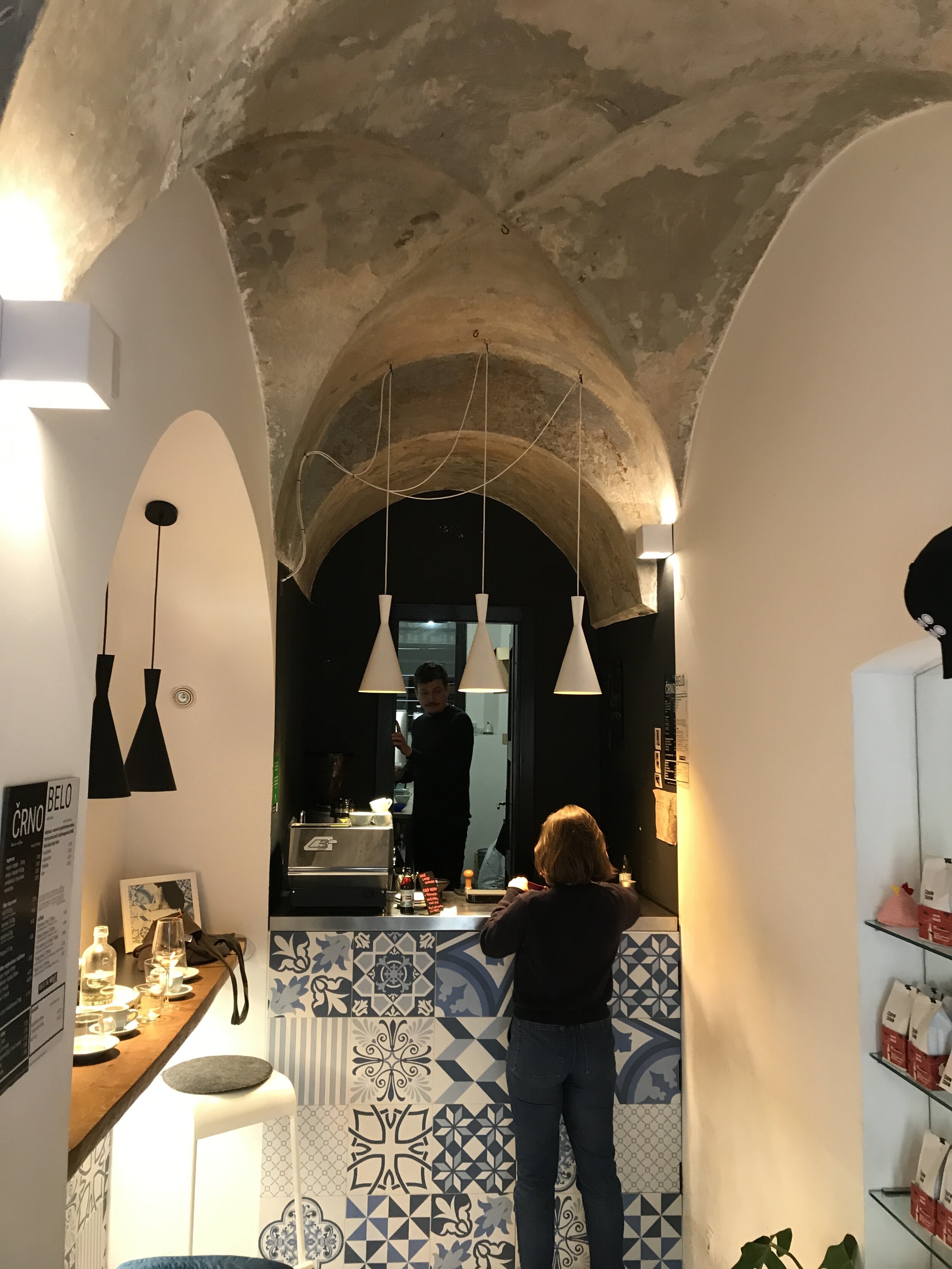


Our guide on what you need to know about Ptuj.